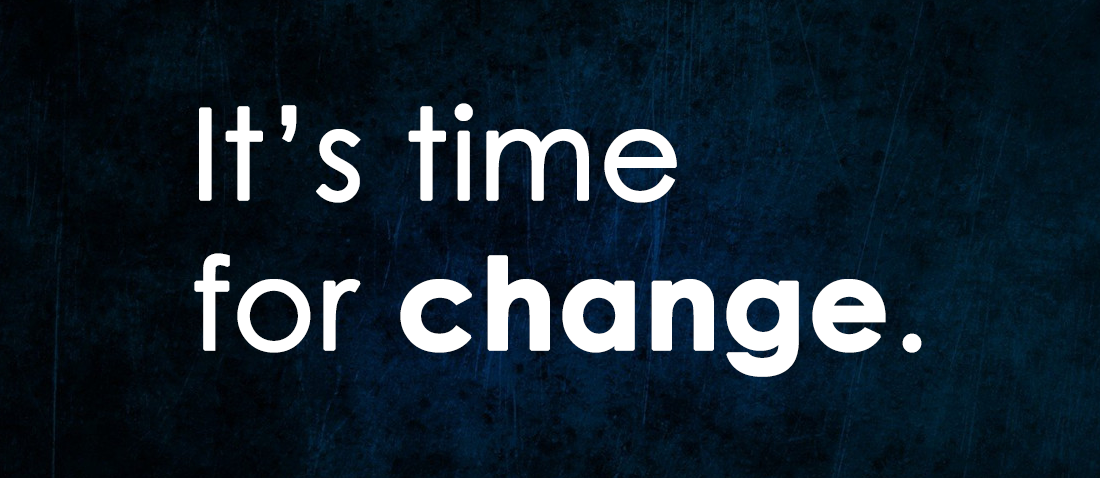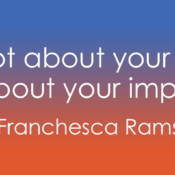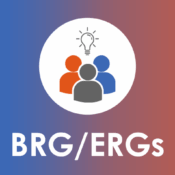
The Path to Accessibility: Practical Steps for Actionable Change
In the wake of the tragic loss of Dr. Frank Turk, Sr., Marlene Turk, and their family dog, Jenny, due to carbon monoxide poisoning, the Deaf community is left grappling with grief and a pressing question: What's next?
In a recent blog post, I issued a call to action, demanding "safety for all."
This heartbreaking event underscores the urgent need for a fundamental shift towards proactive, inclusive design and safety protocols, driven by organizations, society, and consumer demand, rather than merely complying with minimum standards.
As we transform this tragedy into a catalyst for process, accessibility cannot be an afterthought, but a fundamental guiding principle that we must embed into all aspects of product and service design.
We must shift our approach to emphasize accessibility from the very beginning. The lived experiences of people with disabilities are invaluable in shaping solutions that address the needs of everyone in society.
So how do we put this into action?
1) Hire disabled talent.
The U.S. Bureau of Labor Statistics reported in 2025 that the employment-population ratio--the proportion of the population that is employed-- was 22.7% among those with a disability. In contrast, the employment-population ratio for those without a disability was over 65%!
The reality is that non-disabled people make up a majority of the workforce. This statistic represents untapped potential and systemic exclusion. Hiring individuals with disabilities isn't “an act of goodwill,” but rather a strategic business decision which enriches workplaces with diverse perspectives and problem-solving skills. In fact, Research by Accenture shows that companies prioritizing disability inclusion outperform the competition.
2) Procure products and services from disability-owned businesses.
Supplier diversity is key to sustainable, thoughtful business practices. Organizations should procure goods and services connected to the disability community to gain access to unique perspectives and innovative solutions born from lived experiences.
Additionally, engaging with businesses owned by individuals with disabilities fosters economic empowerment and contributes to a more equitable marketplace.
While specific statistics on the hiring practices of businesses owned by individuals with disabilities are limited, it's generally observed that these businesses often prioritize hiring individuals with disabilities, aiming to create inclusive workplaces and contribute to a more diverse workforce.
This same principle applies to doing business with other disabled-owned businesses. Let’s use 2axend as an example – we achieved 78.2% spend with diverse suppliers in 2024 and are committed to 80% of our spend in 2025 being spent with diverse suppliers.
Disability:IN has a database of Disability:IN certified disability-owned business enterprises (DOBEs) – reach out to them at info@disabilityIN.org for more information.
3) Go public: support beyond internal initiatives
Establishing disability-centered Employee Resource Groups (B/ERGs) is a great first step, but it is not enough. We must go beyond internal initiatives and actively engage consumers with disabilities at every step of the design process. Their unique perspectives are crucial in shaping products and services that are accessible and user-friendly for all.
Let's look to organizations leading the way. Healthcare institutions like Advocate Health, MaineHealth, and the University of Rochester Medical Center have established Deaf and hard-of-hearing centered patient and family advisory councils. Similarly, Verizon, Delta Air Lines, and Microsoft have disability-centered advisory groups, further demonstrating a commitment to accessibility. These examples show that progress is possible when organizations prioritize inclusivity!
Let’s honor the memory of Dr. Frank Turk, Sr., Marlene Turk, and Jenny, by moving beyond mere condolences and committing to tangible action. The path forward demands a collective shift: from businesses actively hiring and procuring from disability-owned enterprises to the integration of disability perspectives within every stage of product and service design. By embracing a proactive approach to accessibility and ensuring appropriate representation, we can forge a future where accessibility isn't a reactive measure, but an inherent, unquestioned standard.



